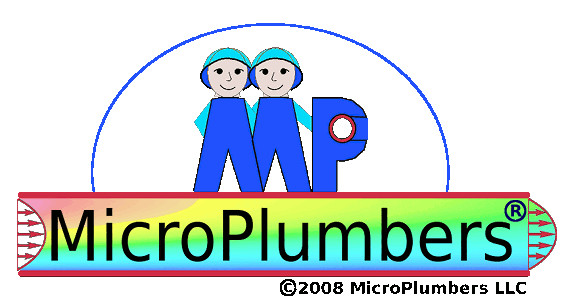
<p><b>OBJECTIVE: </b>To determine the expression of human papillomavirus (HPV) type 16 E6 oncoprotein in cervical specimens of women with and without cervical intraepithelial neoplasia (CIN).</p><p><b>MATERIALS AND METHODS: </b>Cervical specimens from 2,530 unscreened women aged 30 to 54 years from Shanxi, China, were obtained. All women were assessed by liquid-based cytology, high-risk HPV DNA tests, and colposcopy with directed biopsy and endocervical curettage as necessary. Women with abnormal cytologic results or positive HPV DNA results were recalled for colposcopy, 4-quadrant cervical biopsies, and endocervical curettage. Women with biopsy-proven CIN and cancer and a convenience sample of HC2-positive, disease-negative women were tested for the presence of HPV-16 infection via HPV-16 E6 DNA-specific polymerase chain reaction. A PDZ interaction-mediated E6 oncoprotein precipitation method followed by E6-specific Western blot was performed on specimens from women with HPV-16 infections. Associations between elevated expression of E6 oncoprotein and CIN 2 and 3 were determined using logistic regression and a reference category of CIN 1 and disease-negative.</p><p><b>RESULTS: </b>A significant trend for the detection of HPV-16 E6 oncoprotein in specimen of women with proven HPV-16 infection was determined: 0% (0/12), 12.5% (1/8), 36.4% (4/11), and 42.9% (3/7) of those with negative findings, CIN 1, 2, and 3, respectively (p = .01). Compared with the category combining negative findings and CIN 1, detection of E6 oncoprotein was associated with CIN 2 (odds ratio = 10.9, p = .05) and CIN 3 (odds ratio = 14.3, p = .04).</p><p><b>CONCLUSIONS: </b>There is a significant association between elevated expression of E6 oncoprotein and grade of CIN. This finding seems consistent with the role played by E6 oncoprotein in carcinogenesis.</p>